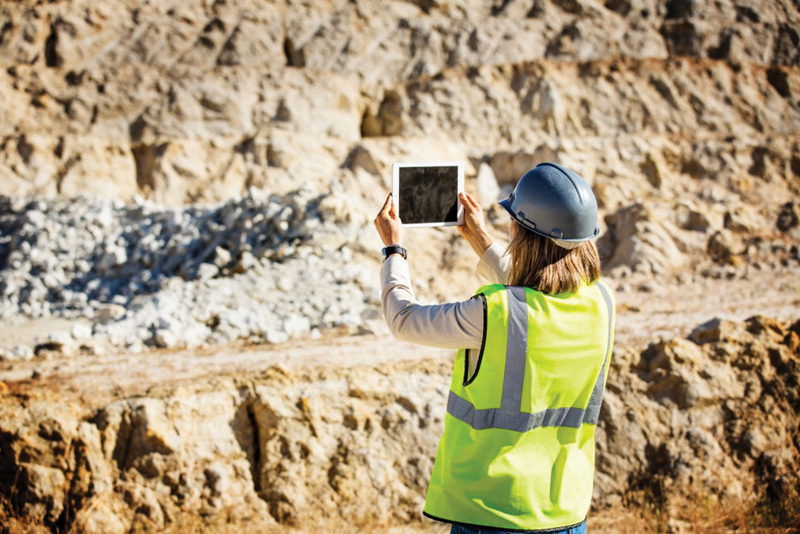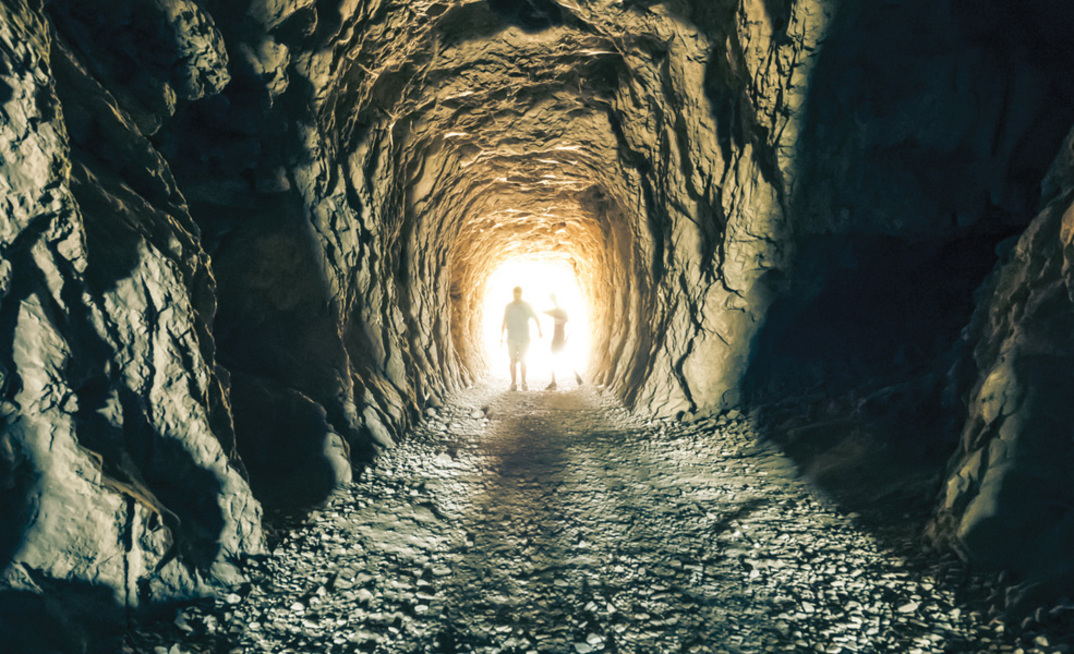The digital future of mining is arriving and with it, a myriad of opportunities and challenges for miners to find the best communication and connectivity solutions to enhance the safety, productivity and efficiency of their operations.
The industry has in the past adopted a wait-and-see approach but the playing field is changing as the commodity cycle turns and smaller, nimble miners with more liquidity seek data-driven solutions.
Telstra's specialist mining division helps provide connectivity solutions to modernise mining operations.
Established two years ago, Telstra Mining Services has grown its focus from offering mobile site solutions to providing end-to-end technology solutions for better business outcomes.
It is helping to oversee the ability to enhance operations, from better managing fleets, to driving productivity improvements, to ensuring data-driven mines are achievable through data capture and analysis.
It is also "rewriting the rule book" - to take the capability of above-ground communications underground - and is working with key industry partners to develop and deploy next-generation wireless networks, below the surface.
In the past 18 months, miners have become less cash-constrained, understand the importance of the correct technological spend and are beginning to act.
"They're willing to start exploring the art of the possible," Head of Telstra Mining Services Dr. Jeannette McGill says.
Dr McGill said Telstra has a privileged vantage point in the industry and had been able to observe a range of providers and developments throughout the technology stack, from the mechanical infrastructure base that supported the formation of Telstra Mining Services, through to the next generation communications networks it deploys, to the applications that sit on-top and managed services that keep the networks running.
"Digitisation represents different things at different ends of the scale," she notes.
"Some organisations are seeking to implement full-scale digitisation and digital twins [running digital models of their operation that they can simulate to assess the outcomes of different actions], capturing data and analysing everything.
"Others are looking at embracing the productivity benefits of having their vehicles connected, having the additional insight of telemetry for preventative maintenance or improving the deployment of their fleets. Some are looking towards sensoring, such as air quality monitoring for automated ventilation control and energy optimisation. Others are staff-focussed, wanting to know where staff are, and capturing more data in-shift: modernising from paper-based to performance and online-based operations."
"Across the board, the benefits of digitisation are driving that real-time access to information so you have faster, data-driven decision making. Yet we're at this interesting nexus point because it's a highly diversified market out there," she said.

SUCCESS AND SAFETY
Success in digital transformation for mining operations lies not just in a technology or a mechanical infrastructure solution but the whole package brought together, particularly given that operating advanced communications networks is not typically a core competency of a mining house.
"Operating high reliability networks is what Telstra specialises in and we're bringing these capabilities and leveraging these skill sets into the mining fraternity to help them achieve that next level of performance in their operations," McGill adds.
With greater dependence on technology, users must also have greater integrity in the systems that deliver those solutions.
"If you're completely reliant on autonomous systems or technology to deliver your production targets, you need to make sure the systems delivering those technologies have the integrity and the operational dependability you require," she said.
"It's great to automate, great to mechanise and drive efficiency but there are no short-cuts."
There are key outcomes for a mine that has fully embraced the technological advances available, McGill said.
"They are safer, and are able to meet their production targets and generate improved shareholder value," she said.
"At the end of the day it's a simple as that, but there are a lot of systems that underpin that."
REWRITING THE RULE BOOK
One area Telstra is particularly proud of is its LTE solution set, one that is end-to-end and includes mining-grade vehicle and personal devices, applications, the LTE networks themselves as well as suite of back-end management and lifecycle service options.
It incorporates both dedicated (private) LTE network options for miners who want to be in complete control of the design, performance, operations and security of their own mobile network, but also a shared (public) option in the form of the Telstra LANES® service.
This is a unique LTE wireless option that Telstra offers that provides preferential and prioritised access to miners that also want to leverage the reach, pre-investment and inherent service management of Telstra's public LTE network.
Now Telstra is working to take its dedicated LTE solutions to the next level - underground.
"Not a lot has been achieved globally with mining-grade mobile networks underground, so there's a fair bit of testing, innovation and experimentation required. Through our partners and the test program we're executing, we are hoping to make critical advances in terms of the deployment of an LTE network underground, and providing the industry with options for dealing with the issues," McGill said.
The move is not just a technological challenge but an operational, and commercial one. Radio waves behave differently in different-shaped tunnels and geology, and there's the added need to balance short-term and long-term requirements with economic realities, and provide ultra-reliability for critical communications.
"I know what it feels like to be underground, 4km below surface, without a robust system," McGill said, referring to her work in South Africa's deep-level hard-rock mining industry.
"I think in this day and age, the level of connectedness that digital communications offer should also be able to help underground."
She expects this area to hold increasing importance as more mining companies consider a shift to underground operations.
"Globally, most of the easy resources close to the surface have already been mined - also mines tend to have a large environmental footprint if they are surface mines," she said.
"Going forward, the majority of mines will have to access deeper resources, and to minimise the surface footprint from an environmental perspective, there are significant drivers for mining companies to consider underground mining."
She said it was an intriguing area to develop underground solutions, given the constraints such as not having access to satellites for location-tracking, or being able to use height and additional cells sites to provide wider coverage - the typical approach used above ground.
"For this to work at the same level of autonomy, at the same level of data transfer and connectedness that miners expect on the surface, the underground environment needs to come quickly to the same party, to enable fully automated load-haul-dump, to enable automated drilling and the safe location of people," she said.
"We are working with industry to rewrite the rulebook to deploy the next-generation wireless networks underground. While there are various service providers who might be able provide portions of the system, Telstra's value to this space is that we very much understand and can deliver networks above ground and it's a natural extension to extend this below ground," McGill concluded.
Miners looking to thrive in the digital future should start exploring the art of what is possible, to best drive the most productive, safe and efficient data-driven outcomes.
Telstra
For more information, visit:
telstra.com.au/business-enterprise/industries/mining-and-resources
























